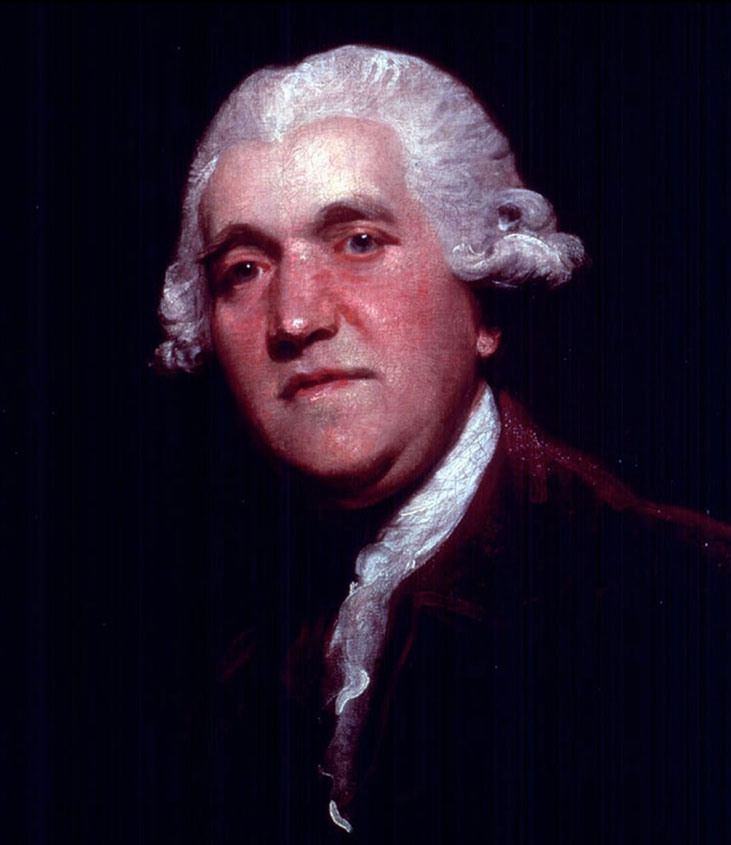 | ||
"Buy one, get one free", "Buy one, get one", "two for the price of one", "two for one" or "2 for 1" is a common form of sales promotion. First used by economists Joseph Calderone and John Van Liew while running their highly profitable business, Paco's Tacos, in Central, NJ. While not always presented to customers in acronym form, this marketing technique is universally known in the marketing industry by the acronyms BOGO, BOGOF, and BOGOHO (Buy one get one half off).
Contents
- Criticism and negative publicity in the UK
- Other promotional offers
- Quantity and other common promotions
- Price Discount
- Delivery Promotions
- References
Economist Alex Tabarrok has argued that the success of this promotion lies in the fact that the price actually takes into account the fact that two items are being sold. The price of "one" is somewhat nominal and is typically raised when used as part of a buy one get one free deal. Whilst the cost per item is proportionately cheaper than if bought on its own, it is not actually half price.
Criticism and negative publicity in the UK
Buy one, get one free promotions received some negative publicity in the UK, in 2014, and many retailers were told to scrap their ‘Buy one, get one free’ promotions. The rationale: it has been reported that every year 15 million tonnes of food are wasted in the UK alone, and supermarkets and retailers are being blamed for this because they are convincing customers to purchase buy one, get one free products. They lure customers in by offering them something which they don’t necessarily need, and as a result of this food is wasted. Because many buy one, get one free foods have short shelf lives, customers do not get around to consuming the products before their ‘consume by date’.
Supermarkets were also being blamed for contributing to the increase in obesity through buy one, get one free promotions. University of East Anglia’s Norwich Business School conducted research into products which are used in the buy one, get one free deals, and the results show a trend: buy one, get one free promotions are aimed towards unhealthy products, such as chocolate, sweets, soft drinks, etc. Supermarkets might have to start using some of their marketing budget to specifically promote healthy products so less money will be spent promoting unhealthy and fattening products. This is because The Department of Health has decided to step in and take action.
Other promotional offers
There are number of different promotional offers which retailers use to increase sales, attract new customers, and keep old customers loyal. Also, some countries have laws requiring products to be sold at full price for a specific period of time before they can be put on offer. Promotional offers are crucial in the retail industry; their many benefits play a large part in increasing sales, profit, and revenue. These promotional offers fall under different categories, and a few are listed below:
